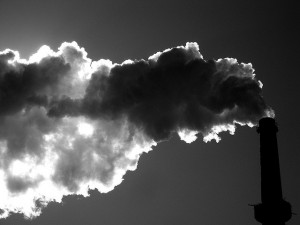 This morning the EPA gave us some news we’ve been waiting a long time for. Administrator Lisa Jackson announced The Cross-State Air Pollution Rule, a critical regulation that mandates strict limits on soot and smog emissions from coal-fired power plants.
This morning the EPA gave us some news we’ve been waiting a long time for. Administrator Lisa Jackson announced The Cross-State Air Pollution Rule, a critical regulation that mandates strict limits on soot and smog emissions from coal-fired power plants.
In the words of the EPA, this rule “will protect communities that are home to 240 million Americans from smog and soot pollution, preventing up to 34,000 premature deaths, 15,000 nonfatal heart attacks, 19,000 cases of acute bronchitis, 400,000 cases of aggravated asthma, and 1.8 million sick days a year beginning in 2014 — achieving up to $280 billion in annual health benefits.”
Utility companies like AEP have been protesting loudly about the impacts that rules like this will have on their business — and that’s because they are going to be required to invest significant dollars if they want to keep their aging coal-powered fleet operating. But these figures pale into insignificance (by a factor of 350!) when compared to the money that is directly spent on the human health problems caused by dirty air.
However, installing smog and soot pollution controls onto coal plants still does not address many of the risks of relying on coal power, such as climate emissions or the health and environmental impacts associated with strip mining and coal transportation.
The economics of coal power simply do not add up: demand is eroding, construction and retrofit costs are too high and coal prices are risky. There are questions being raised about the true extent of U.S. coal reserves, leading one U.S.G.S. official to acknowledge “we really can’t say we’re the Saudi Arabia of coal anymore”.
Rather than invest in keeping these coal plants open, now is the perfect moment to switch to cheaper, cleaner sources of energy instead.